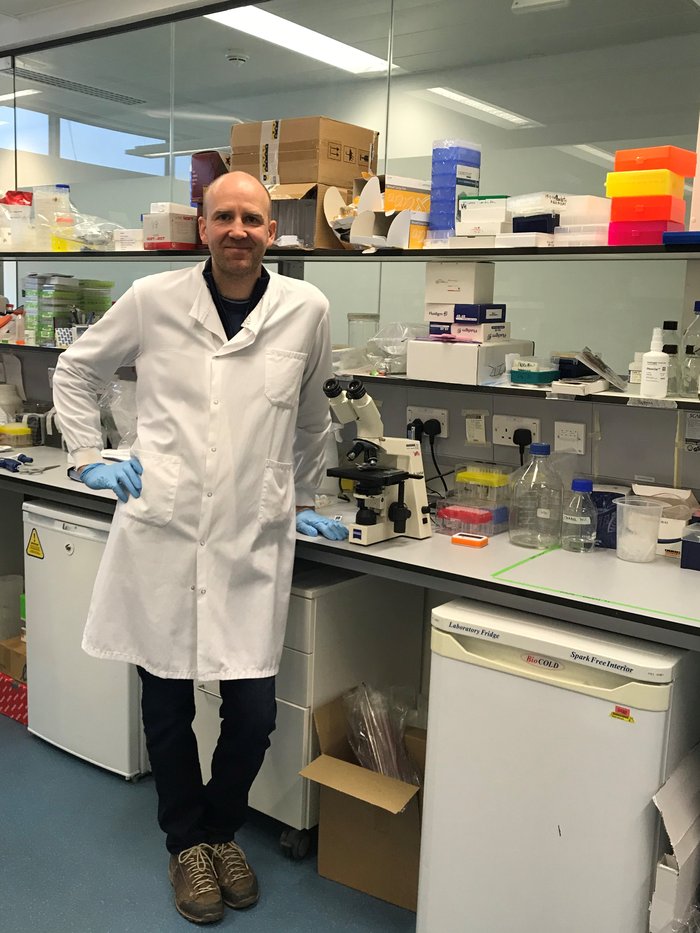A new approach to treating chronic myeloid leukaemia (CML)
Chronic myeloid leukaemia (CML) is a slow growing type of blood cancer that currently has no cure. Professor Helgason is researching a new way to treat CML by combining drug treatments with other treatment methods.
The challenge
Chronic myeloid leukaemia (CML) is a slow growing type of blood cancer. Whilst it can be treated it currently has no cure. Important cells called blood stem cells are found inside our bone marrow (the spongy material inside some of our bones).
In CML, blood stem cells undergo unusual alterations and multiply. Blood stem cells are found inside our bone marrow. These are special cells as they can develop into any type of blood cell. Current drug treatments are designed to block specific proteins that cause these stem cells to divide. However, the alterations of the stem cells in CML mean these stem cells can go undetected from these drugs used to treat the disease, allowing the cancerous stem cells to survive and multiply.
The project
Professor Helgason and his team believe we need to look at new ways to treat the disease by combining drug treatments with other treatment methods. Recently it has been found that cancer cells need high levels of specific nutrients to grow in numbers and thrive. Professor Helgason wants to conduct experiments in the lab that adopt a new approach, experimenting by restricting certain nutrients available alongside drug treatments to see if this could help destroy cancerous stem cells.
The future
If successful, Professor Helgason and his team hope to be able to run a clinical trial to test this new approach in people with CML. Ultimately this could mean a future where there are new and better treatments for people with CML, getting us closer to a day where no lives are lost to blood cancer. This research may also have important outcomes for other types of blood cancer that are also caused when blood stem cells undergo unusual alterations.

